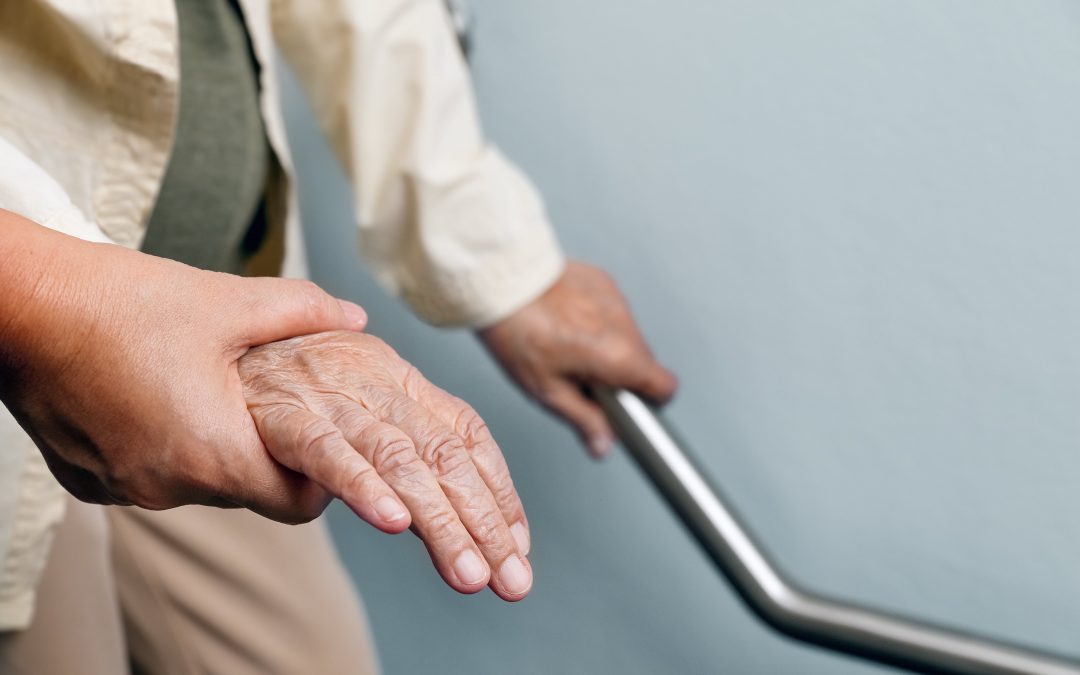We generally think of hospitals as places where people go to get better, not to get injured. While that’s usually the case, there is an unfortunately omnipresent risk of falls in inpatient settings and nursing facilities.
Many patients in hospitals are there for reasons that contribute to weakness, frailty or imbalance. A patient recovering from surgery or who has been bed ridden for weeks may have begun to suffer from bone or muscle atrophy.
Sometimes patients in these vulnerable states will try to get up to go to the restroom or attempt to get something placed on a chair or table that’s out of reach of their bed. The patient might forget they aren’t as strong as they normally are and subsequently fall during the attempt.
These scenarios are more common than people realize. Slip and falls in hospitals are some of the most frequently reported hospital injuries. Experts estimate between 700,000 and 1,000,000 patients fall in U.S. hospitals annually. About half of the 1.6 million nursing home residents in the country fall at least once a year. About 10 percent of the residents who fall in Medicare skilled nursing facilities suffer serious injuries.
In the U.S., the average rate of inpatient falls is between 3.3 to 11.5 per 1,000 patient days. About a quarter of those falls result in injuries and two percent result in bone fractures. The average fall increases a patient’s hospital stay by 6.3 days. Falls resulting in injuries cost an additional $14,056 of treatment and care on average.
Falls in inpatient facilities are pernicious enough that the government’s Agency for Healthcare Research and Quality has made an investment in research, fall prevention toolkits, training programs and literature to combat the problem.
Can Falls in Houston Health Care Settings Be Eliminated?
Doctors and rehabilitation specialists must walk a fine line between recovery and safety. Patients need to move to increase their strength, but movement carries the risk of slip and falls and more serious injuries.
Each fall does lead to a legitimate question regarding fault; was the fall avoidable and should the hospital or nursing facility be held liable? There are several different factors that should be taken into account when attempting to determine liability.
In nursing homes, what safeguards are put in place by the facility to prevent falls? What are the observing practices of staff? One example of a resident falling isn’t usually evidence of nursing home negligence, but a high rate of resident falls along with other nursing home abuse warning signs could be indicative of a pattern of negligence in a facility.
If a resident is a fall risk, staff should be providing the necessary assistance to help them get in and out of bed, make it safely to the bathroom and provide assistance with bathing and hygiene as needed. However, not every resident is amenable to that type of treatment or they may not have the cognitive faculties to request assistance when needed.
Fault in these types of nursing home falls are always situational in nature, which is why thorough investigation is necessary to ascertain whether a facility is being negligent.
Inpatient hospital environments are similar. Negligence is certainly a possibility in some circumstances. Medical mistakes could increase a patient’s fall risk. A doctor or nurse could also just provide bad advice, which may or may not be negligence or malpractice depending on the circumstances.
Getting up and moving around is often a key aspect of recovery. Within days of a hip transplant, patients are often encouraged to get out of bed or walk short distances with crutches or walkers. In inpatient settings, rehabilitation specialists or medical professionals will likely be nearby to observe and brace a patient to prevent falls.
If medical professionals don’t adequately protect or educate the patient and they fall and suffer a serious injury, those injuries and the damages they cause may be attributable to the medical staff.
Not every bad medical outcome, even if it was unforeseen, counts as medical negligence. Not every case of medical negligence may lead to a successful medical malpractice claim. What is overwhelming likely is that some percentage of these hundreds of thousands of falls could have been prevented with better, more attentive care.
If you or a loved one have suffered a serious injury or complication resulting from a fall during an inpatient stay in a medical facility, there is the potential medical negligence could be a factor.
Do You Have an Inpatient or Nursing Home Fall Case in the Houston Area?
Not all of the nearly one million falls in U.S. medical facilities each year rise to the level of negligence, but some of them are likely the fault of care providers.
If you have concerns about a loved one in a hospital or nursing home or you suspect a fall you’ve recently suffered was due to negligent care, don’t hesitate to contact the personal injury lawyers at the Weycer Law Firm by calling (713) 668-4545.
Our Houston personal injury attorneys are highly experience in premises liability and medical malpractice cases, and they’re ready to fight for you and your family.

